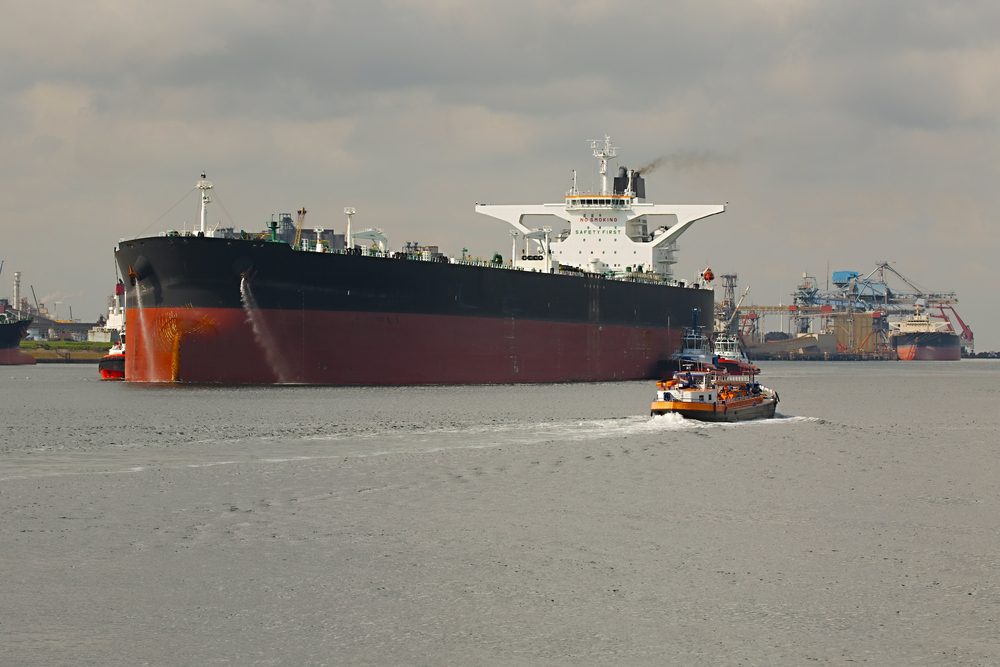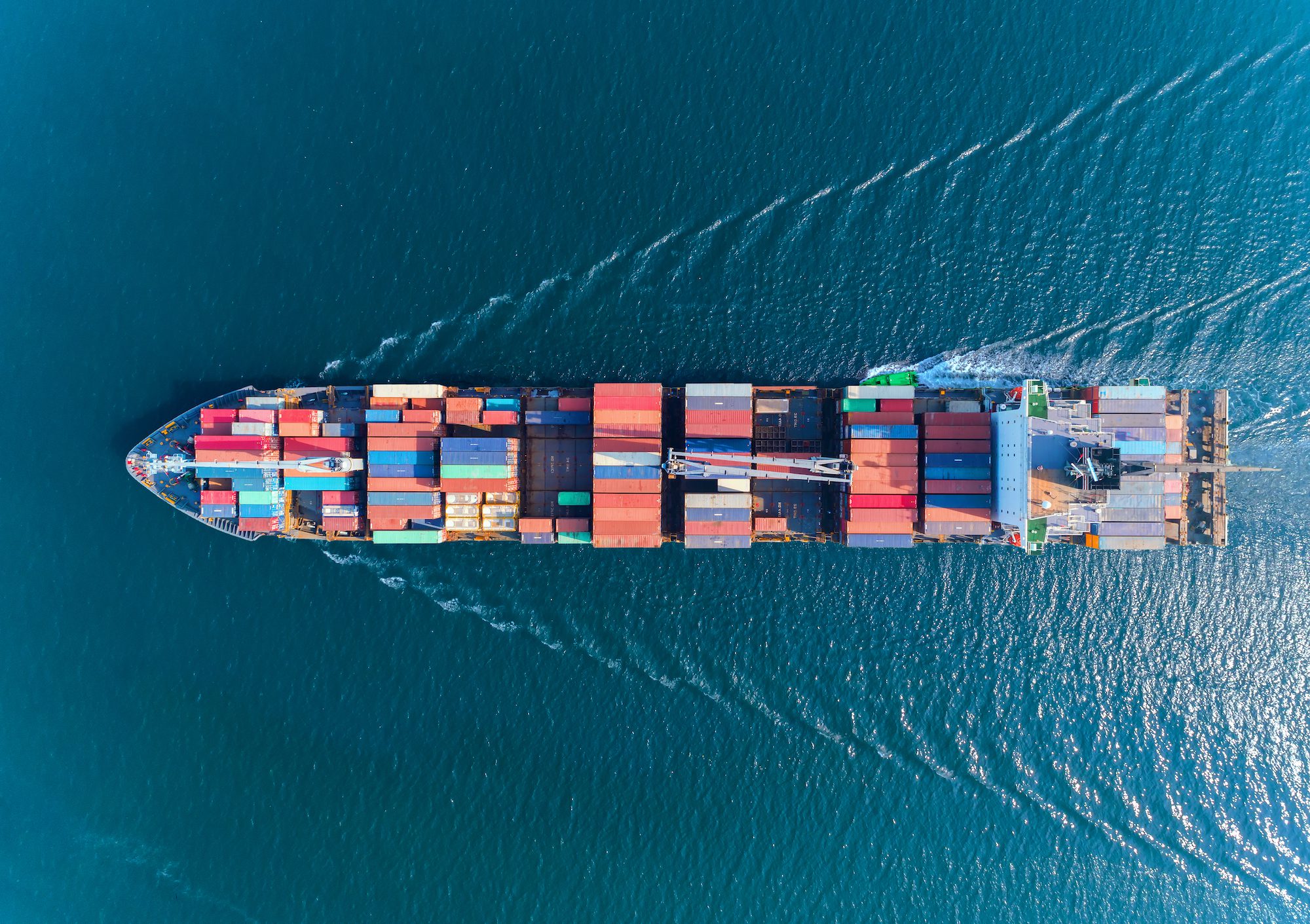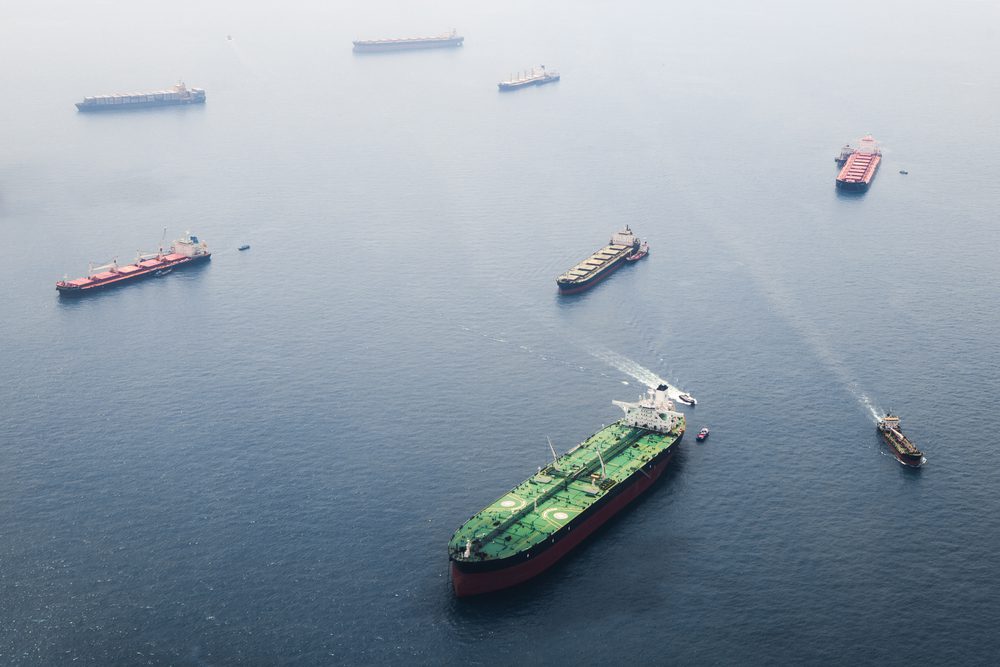Photo: Shutterstock/Peter Gudella
 By Catherine Ngai and Liz Hampton
By Catherine Ngai and Liz Hampton
NEW YORK/HOUSTON, Oct 6 (Reuters) – Robust Asian demand for West African crude is fueling a worldwide surge in shipping rates for the largest oil tankers that is being felt from Houston to Singapore.
Chartering rates for Suezmaxes and very large crude carriers (VLCCs) have recovered rapidly in recent weeks after plunging to their lowest in more than year this summer.
The spike in rates comes as Asian refiners return to the market after a seasonal turnaround period, and as several key streams of West African crude are finally loading for export after supplies were constrained because of pipeline disruptions in Nigeria.
The higher rates, which imply fewer imports into the United States, could support benchmark oil prices in coming weeks.
Increased demand from Asia for this crude has tied up ships and barrels that might have otherwise moved to the United States. The higher prices are leaving brokers and traders scrambling to secure vessels, particularly for common routes from West Africa to the U.S. East Coast or Western Europe.
Chinese loadings of West African crude are set to average 1.1 million barrels per day in October, the highest since April.
The interest in Suezmaxes comes at a time when two key West African crudes, Nigeria’s Qua Iboe and Forcados, return to the global market after a months-long force majeure. Rebels hit a sub-sea pipeline operated by SPDC, an affiliate of Royal Dutch Shell, in February, forcing the company to stop exports of the Forcados stream of oil.
Exxon stopped exporting Qua Iboe in July after a leak on the line feeding oil to the export terminal.
On Tuesday, Reuters tracking data showed that the first cargo since July of Qua Iboe loaded at a local terminal.
“Nigerian loadings are now scheduled to reach some 1.9 million barrels per day next month. The pick-up has had a clear effect on freight markets,” JBC Energy said in note last week. Nigeria exported some 1.4 million bpd in September.
Transporting oil on larger vessels is more cost effective, especially for longer voyages.
In September, Suezmax volumes rose by nearly 60 percent from August, according to one ship broker, pushing the rates for the popular West Africa-to-United Kingdom route up to 110 percent of the World Scale, a shipping rate benchmark. In August, that route was as low as 35 percent, another broker said.
That rate has since leveled off this past week but remains elevated.
The spot rate for a Suezmax from the U.S. Gulf to Japan or South Korea is around $3.5 million, brokers say, more than double the rate for the same route two months ago.
Meanwhile, VLCC fixtures for October loading from West Africa are up 50 percent month-over-month, the first ship broker said. Last week, a VLCC moving from the Caribbean to Singapore was priced at about $3.85 million, up from $3 million just a week prior, a third broker said.
With higher rates, fewer imports could come into the U.S. East Coast and Gulf Coast, reducing overall inventories. That could boost oil prices as refiners draw from existing storage, traders said.
U.S. crude imports in October are expected to be the lowest since September 2015, according to preliminary data from Thomson Reuters Eikon’s shipping data.
While the Suezmax market softened slightly this past week, more opportunities in coming weeks should limit further downside, according to a note from shipbroker Charles Weber Co available via Capital Link Weekly on Thomson Reuters’ Eikon, citing the resumption of additional exports.
(Reporting by Liz Hampton in Houston and Catherine Ngai in New York; additional reporting by Libby George in London)
(c) Copyright Thomson Reuters 2016.

 Join The Club
Join The Club











